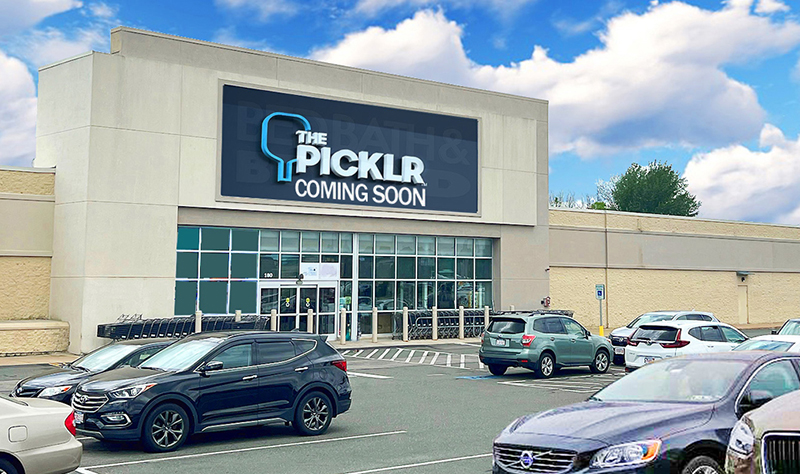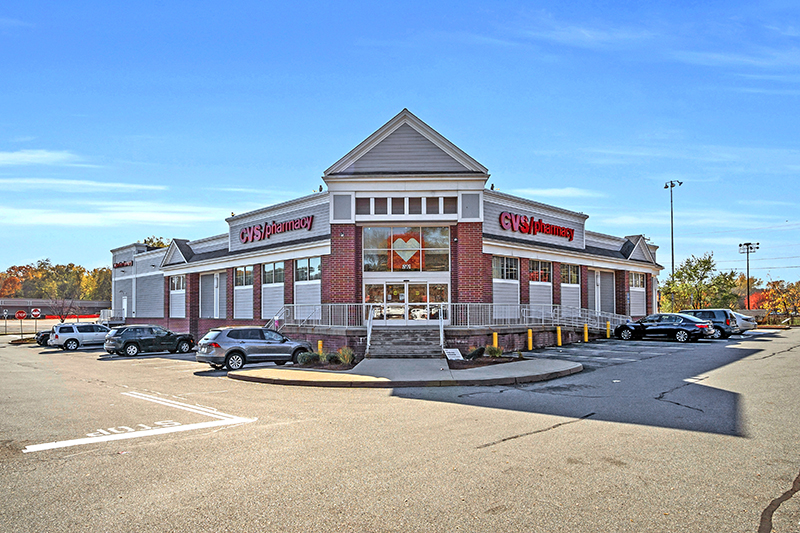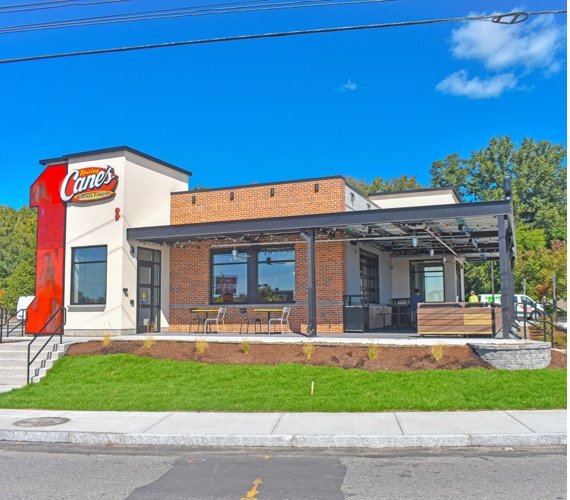News: Retail
Posted: June 27, 2013
Let's get the retailers to the inner city
The good news is that more and more people want to live in cities, close to work, shops, restaurants, and transit. This is especially true of the Generation Y-ers., but also includes many Baby Boomers who, as they become empty nesters, also want urban amenities without long commutes.
The bad news is few retailers are taking a look at these new urban growth areas despite the plethora of data and articles showing the demographic and economic reality that areas once considered "inner cities" are now shifting from "nowhere" to being "somewhere."
The other good news is that public investment, especially moving government offices to less developed neighborhoods, can spark change , but even without the public investment, more and more people are choosing to move to city neighborhoods that were once filled only by residents who had no other affordable option.
Developers are now coming to realize the great opportunity that lies in these locations, building mixed-use residential and retail developments in inner cities and close to public transit. Some extremely successful examples where the whole thing has come together are in Brooklyn and Harlem, especially 125th St. in Harlem which has even become a cool destination for tourists. But this is New York.
Elsewhere in less dense locations, where opportunity does exist there are a host of problems and challenges to inner city developments and this carries over to the retail sector.
For developers there are the well-known issues of timing of investment and development, and then the major challenges of marketing to retail chains. These retailers are critical to the economics of a project, but their location formulas are focused on suburban locations.
They need to be re educated as to how these inner areas are transitioning and why the opportunity is now. At the same time, developers want and need to support the growth of local businesses that serve the existing community. A vibrant retail center needs it all.
For retailers there are also a host of issues to be addressed, with the most demanding and elusive being how to evaluate the potential of a property. For this, they must consider future projections, which may or may not be realized, about the size and income of the population, and these may be very different from recent or even current conditions.
There is also the problem of going outside the comfort zone, and knowing how to provide adequate levels of security and types of products that are often not big sellers in established suburban stores. Despite the risks, the potential return can be great since acquisition costs for early investors are favorable, resulting in high upside potential.
To attract retailers, developers can take a few simple steps:
1. Research current demographic and economic information for the areas of interest. If it is not readily available, pay for it. Information from the 2010 census is not likely to produce results that reflect changes in the economy and demographic trends.
2. Clarify the market potential by showing where current retailers do not meet the needs of the emerging population.
3. Gather and assess city plans and actions that impact the areas around the subject neighborhood. Explain, despite years of neglect and under investment, how transition is occurring
4. Identify signs of private and effective public investment in the neighborhood how it is helping to create and/or strengthen the area.
For example: The moving of stable public jobs to inner city neighborhoods such as Boston has done with its police, public works and school departments serves as a strong catalyst for new retail growth and for assuring the adequate provision of police, fire, education and other public services. Public employees are shoppers, and serve as very effective "squeaky wheels." Additionally, government uses, such as courts, attract private users; e.g., lawyers and bail bondsmen, increase demand for office space and retail.
5. Provide a carefully crafted retail plan for the spaces and show:
* How the mix of uses support each other;
* How the design and operations work to promote the security of shoppers and tenants;
* Rents structured to reflect that retailers need time to grow their business.
Carol Todreas is a principal at Todreas Hanley Associates, Cambridge, Mass.
Tags:
Retail
MORE FROM Retail
Mace of KeyPoint Partners negotiates 36,192 s/f lease for The Picklr at Endicott Square
Danvers, MA KeyPoint Partners (KPP) negotiated a lease with the nation’s premier indoor pickleball venue The Picklr at Endicott Sq. Vice president of retail brokerage Don Mace negotiated the transaction on behalf of the landlord.




.jpg)


.png)
